Temperature and rainfall effect seasonal growth. Two edibles are responding to the weather. The first is Pellitory, or Cucumber week. Once the seasonal green has sprouted it’s very sensitive to the amount of direct sunlight it receives. Pellitory won’t grow where it gets a lot of full sun. It’s botanical name, Parietaria floridana, reflect this meaning it grows along walls.
Over the next few months its success depends on where it sprouted. Too much sunlight and it will stay stunted, not growing well’ too little and it stays short and tough. It likes it “just right.” When looking for pellitory avoid open sunny spots. Look for transitions zones and shady places. A wooden fence or a bridge are good places to start. Pellitory will usually be within two or three feet of the fence, on the shady side. Under bridges, depending on the orientation of the bridge, it can be from about ten feet out of the shade (bridges can have a large moveable shade) to ten feet under the bridge. I even have a photograph of Pellitory growing in a circular pattern in the changing shade of a palm. You can read about Pellitory here.
The second seasonal flush to mention is Ringless Honey Mushroom. While they can pop up any time of the year “Honeys” favor the fall (and locally the early winter.) They are being reported now from Florida to at least North Carolina. There are six to eight mushrooms that one does not have to be an expert to identify and Honeys are one. But as usual never consume any plant or mushroom without first having it confirmed by a local expert. Honeys grow on wood, don’t have a ring on the stem, are cespitose and throw a white spore print which is extremely important. Cespitose means all growing out of one spot…. think of a bouquet. The top of a bouquet is wide and usually rounded but all the stems are close together at the bottom. If you pick a growth of Honeys it will look like a bouquet of mushrooms, dozens of the growing out of one point. Opinions on the edible quality of Honey mushroom and how to prepare them vary. You can read about them here.
It’s not too late to go looking for end-of-the-season finds. One of them is Creeping Cucumbers. During my foraging class in Sarasota this past weekend we found more than enough to give everyone in a large class a sample. The tart little fruit, which really is in the cucumber family, usually keeps flowering and fruiting until cold weather shuts it down. Another fruit you can look for that is very different is the Tallow Plum. We found that this weekend as well. Tallow Plum is rather easy to spot as it looks like a yellow ping-pong ball. Sweet and tart it’s a tasty find as cooler weather approached. While the Tallow Plum reported across the state I have only found it along the coasts. And it is also not too early to start looking for our winter specials. In last week’s newsletter Wild Radish was featured. This weekend I will be looking for early season Christmasberries which are our local version of Goji berries.
Upcoming Foraging Classes: All the classes are outside and about four hours long. This usually involves three or four hours of easy walking on paths or grass for a couple of miles. All the plants covered at the various locations are on this website.
Sunday, November 13th, Spruce Creek Park, 6250 Ridgewood Ave. Port Orange, 32127. 9 a.m. This is just south of Daytona Beach. Meet at the pavilion.
Sunday, November 20, John Chestnut County Park: 2200 East Lake Road, Palm Harbor, FL 34685. 9 a.m. Meet at the beginning of the Peggy Park Trail inside John Chestnut Park.
Sunday, November 27th, Blanchard Park, 10501 Jay Blanchard Trail, Orlando, FL 32817. 9 a.m. Meet by the tennis courts next to the YMCA.
Sunday, December 4th, Bayshore Live Oak Park, 2200 East Lake Road, Port Charlotte. 9 a.m. We meet by the parking lot near the intersection with Ganyard Road.
To learn more about the foraging classes go here.
All of Green Deane’s videos are available for free on You Tube. They do have ads on them so every time you watch a Green Deane video I get a quarter of one cent. Four views, one cent. Not exactly a large money-maker but it helps pays for the newsletter. If you want to see the videos without ads and some in slightly better quality you can order the DVD set. It is nine DVDs with 15 videos on each. They make a good Christmas gift. Many people want their own copy of the videos or they have a slow service and its easier to order then to watch them on-line. They make a good gift for that forager you know. Individual DVDs can also be ordered. You can order them by clicking on the button on the top right of this page or you can go here.
Want to identify a plant? Looking for a foraging reference? Do you have a UFO, an Unidentified Flowering Object you want identified? On the Green Deane Forum we chat about foraging all year. And it’s not just about warm-weather plants or just North American flora. Many nations around the world share common weeds so there’s a lot to talk about. There’s also more than weeds. The reference section has information for foraging around the world. There are also articles on food preservation, and forgotten skills from making bows to fermenting food. You can join the forum by clicking on the button on the upper right hand side of this page.
This is Newsletter 232.
If you would like to donate to Eat The Weeds please click here.

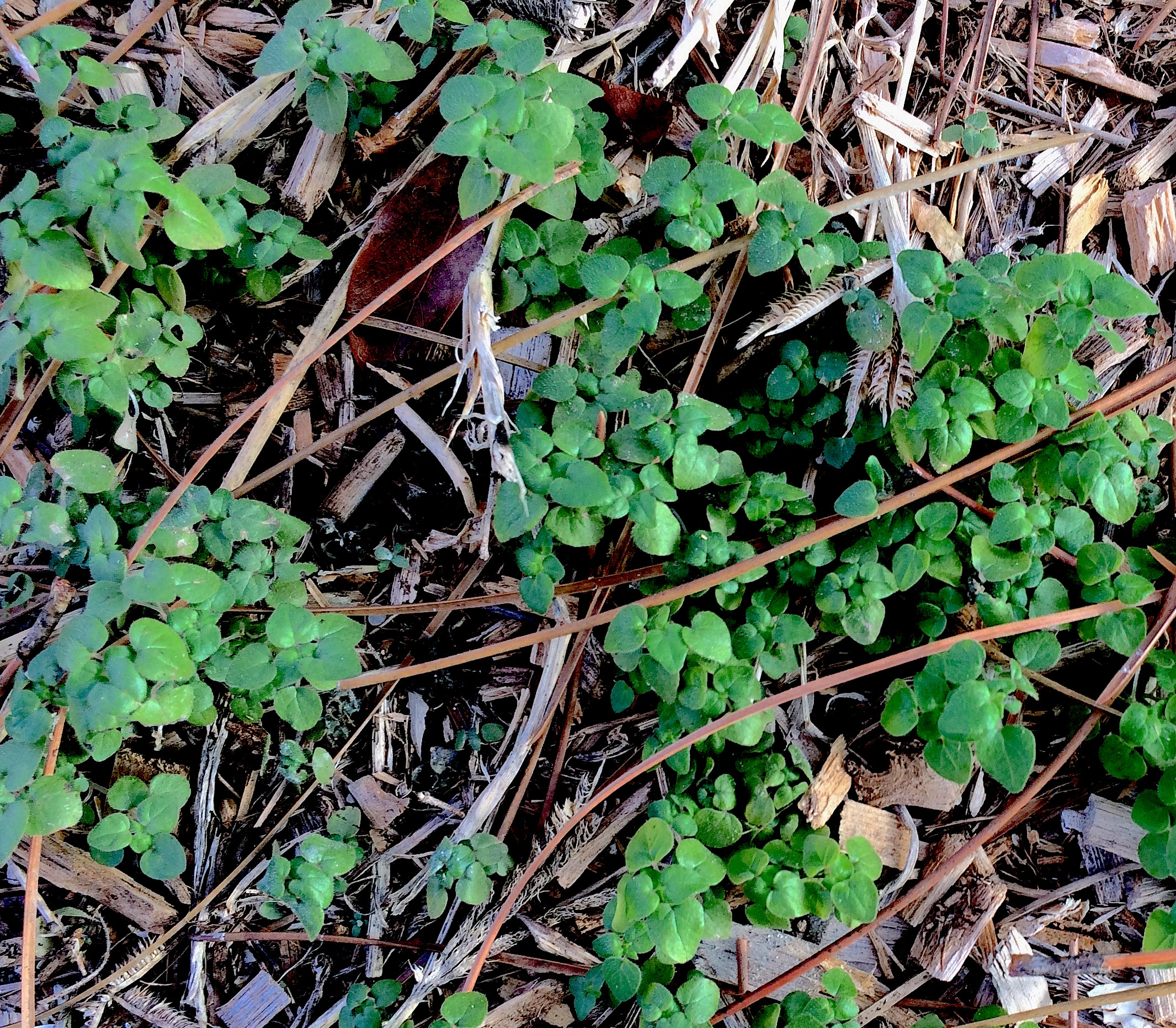
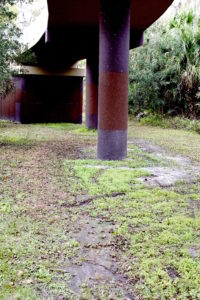
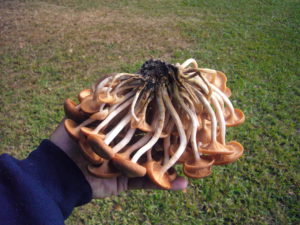
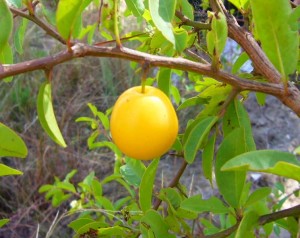
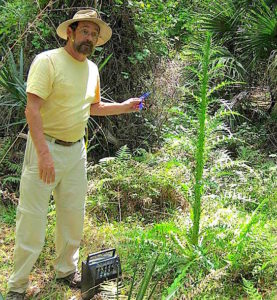
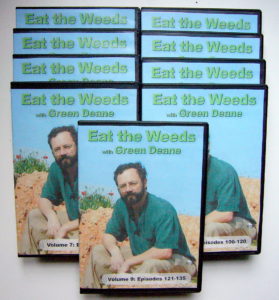


Must be nice to have mushrooms. Here in Georgia we have had such a drought that nothing is blooming which is very disappointing.
Hi Green, I’m going to write – in Arabic – about some plants in my area of Kafouri of Khartoum North including Pellitory. However, due to uncertainty in naming, I prefer to send you an image of it whenever I find that possible – regards.
Sure. However I think the photos you sent me are not Pellitory but Amaranth.